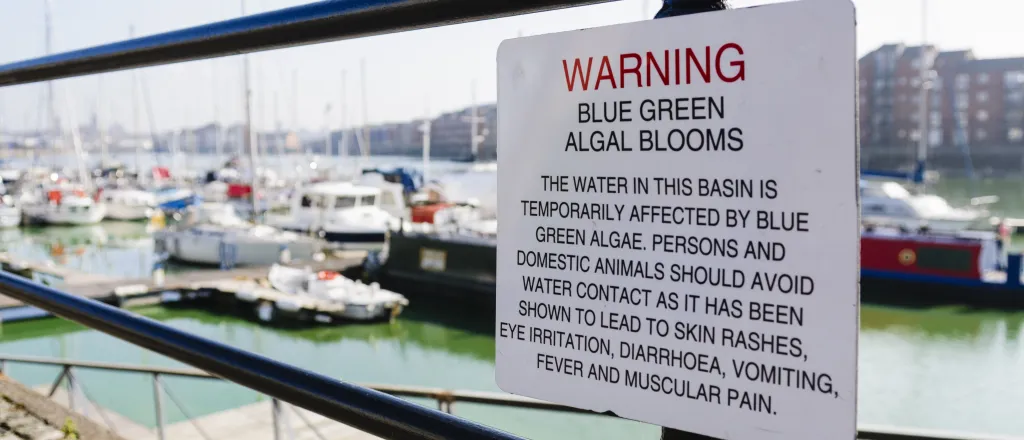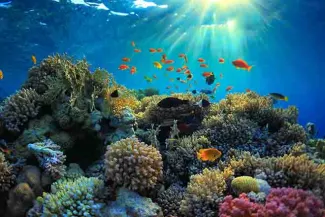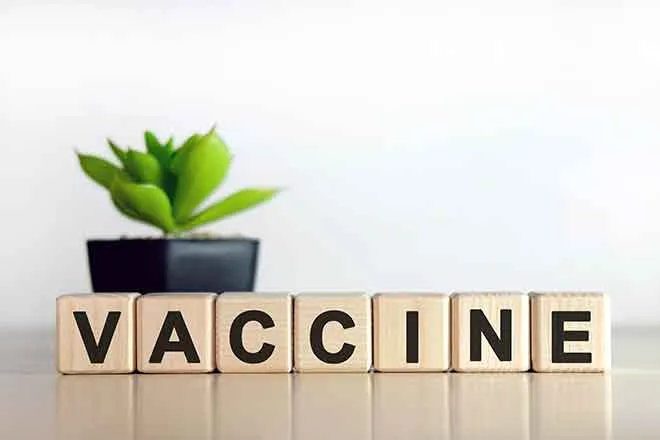
Growing Gulf 'dead zone' may affect shrimp harvest
© Stephen Barnes - iStock-1751685698
Click play to listen to this article.
(Louisiana News Connection) Scientists are sounding the alarm about growing dead zones in the Gulf of Mexico and beyond.
Dead zones are areas of water with hypoxia, or dangerously low levels of oxygen. Dead zones are caused by pollution, including fertilizer runoff from factory farms. The nutrients cause algal blooms which sink and decompose, and the process consumes oxygen on the ocean floor.
With this comes stratification, where differences in temperature among other factors prevent bottom waters from mixing with the oxygenated surface waters. Most species cannot survive long within a dead zone.

© iStock - IBorisoff
David Scheurer, oceanographer for the National Oceanic and Atmospheric Administration, said even short-term exposure can have effects.
"Hypoxia can have impacts on organisms, what we call sublethal impacts," Scheurer explained. "Instead of an outright fish kill, they can affect the development of fish and that can affect the ratio of males and females in the population, the fecundity of the species. That can eventually translate into larger population effects down the line."
This year's hypoxic zone in the Gulf was larger than forecast, at more than 6,700 square miles.
The Gulf dead zone is the largest in the country and the second-largest in the world. It forms every year and can vary in size. This year's dead zone far exceeds the 1,900 square-mile goal set by the Gulf of Mexico Hypoxia Task Force, a collaborative state and federal partnership.
Dead zones do not only threaten marine species such as shrimp and fish. They also upset local economies and imperil already fragile coastal communities living along the Gulf.
Scheurer pointed out climate change is likely to make the problem worse.
"Water holds less oxygen when it's warmer, organisms use more energy when it's warmer," Scheurer noted. "You also have the potential for enhanced stratification due to the temperature, as well as potentially increased nutrient inputs if climate change causes more rainfall in the watershed. "
The record 8,700-mile dead zone of 2017 reduced the brown shrimp habitat by 25 percent. In Louisiana and Texas, wild-caught shrimp landings are on a downward long-term trend, with historic lows in recent years.
Nutrient pollution goals set by the task force are voluntary and without enforceable state or federal limits, advocates stressed success will remain elusive.
This story is based on original reporting by Marlena Williams for Sentient.

















